Filter by
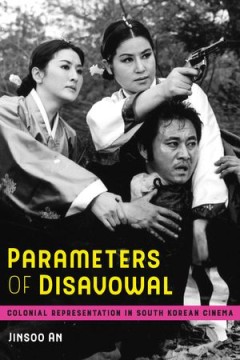
Parameters of Disavowal
The colonial experience of the early twentieth century shaped Korea’s culture and identity, leaving a troubling past that was subtly reconstructed in South Korean postcolonial cinema. Relating postcolonial discourses to a reading of Manchurian action films, kisaeng and gangster films, and revenge horror films, Parameters of Disavowal shows how filmmakers reworked, recontextualized, and erased…
- Edition
- -
- ISBN/ISSN
- 9780520295308
- Collation
- -
- Series Title
- -
- Call Number
- 791.43 JIN p
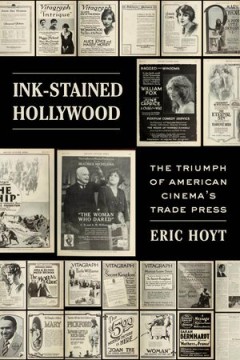
Ink-Stained Hollywood: The Triumph of American Cinema’s Trade Press
For the first half of the twentieth century, no American industry boasted a more motley and prolific trade press than the movie business—a cutthroat landscape that set the stage for battle by ink. In 1930, Martin Quigley, publisher of Exhibitors Herald, conspired with Hollywood studios to eliminate all competing trade papers, yet this attempt and each one thereafter collapsed. Exploring the c…
- Edition
- -
- ISBN/ISSN
- 9780520383708
- Collation
- -
- Series Title
- -
- Call Number
- 777 HOY i

Postfeminist Whiteness: Problematising Melancholic Burden in Contemporary Hol…
Kendra Marston interrogates representations of melancholic white femininity in contemporary Hollywood cinema, arguing that the ‘melancholic white woman’ serves as a vehicle through which to explore the excesses of late capitalism and a crisis of faith in the American dream.
- Edition
- -
- ISBN/ISSN
- 9781474430296
- Collation
- -
- Series Title
- -
- Call Number
- 791.43 MAR p
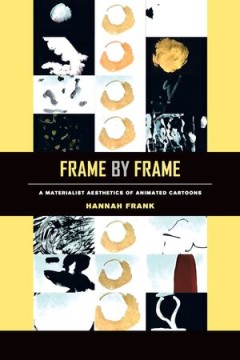
Frame by Frame
For most of the twentieth century, the making of animated cartoons was mechanized and standardized to allow for high-volume production: thousands of drawings were inked and painted onto individual transparent celluloid sheets (called "cels") and then photographed in succession, a labor-intensive process that was divided across scores of artists and technicians, most of them anonymous. In order …
- Edition
- -
- ISBN/ISSN
- 9780520972773
- Collation
- -
- Series Title
- -
- Call Number
- 791.43 FRA f
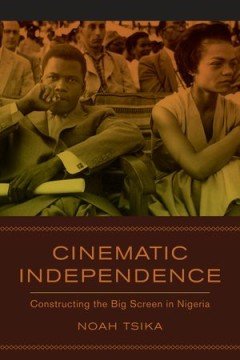
Cinematic Independence: Constructing the Big Screen in Nigeria
Cinematic Independence traces the emergence, demise, and rebirth of big-screen film exhibition in Nigeria. Film companies flocked to Nigeria in the years following independence, beginning a long history of interventions by Hollywood and corporate America. The 1980s and 1990s saw a shuttering of cinemas, which were almost entirely replaced by television and direct-to-video movies. However, after…
- Edition
- -
- ISBN/ISSN
- 9780520386105
- Collation
- -
- Series Title
- -
- Call Number
- 791.43 TSI c
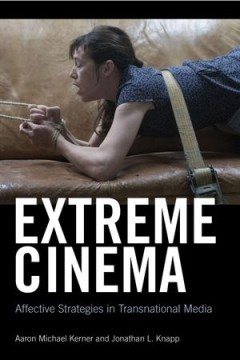
Extreme Cinema: Affective Strategies in Transnational Media
Extreme Cinema examines the highly stylized treatment of sex and violence in post-millennial transnational cinema, where the governing convention is not the narrative but the spectacle.
- Edition
- -
- ISBN/ISSN
- 9781474402903
- Collation
- -
- Series Title
- -
- Call Number
- 791.43 KNA e
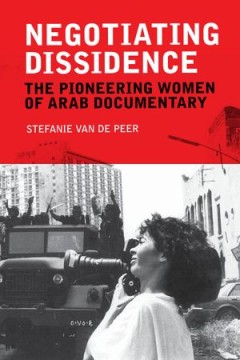
Negotiating Dissidence: The Pioneering Women of Arab Documentary
Traces the very beginnings of Arab women making documentaries in the Middle East and North Africa (MENA), from the 1970s and 1980s in Egypt and Lebanon, to the 1990s and 2000s in Morocco and Syria.
- Edition
- -
- ISBN/ISSN
- 9780748696062
- Collation
- -
- Series Title
- -
- Call Number
- 791.43 PEE n

Towards a Feminist Cinematic Ethics: Claire Denis, Emmanuel Levinas and Jean-…
Towards a Feminist Cinematic Ethics develops an account of non-normative ethics that can be used to think about filmmaking and viewing, using two philosophers—Emmanuel Levinas and Jean-Luc Nancy, and the work of filmmaker Claire Denis. In an accessible and engaging manner, it offers new readings of Denis' films, situating them within larger feminist, postcolonial and queer debates about …
- Edition
- -
- ISBN/ISSN
- 9781474409520
- Collation
- -
- Series Title
- -
- Call Number
- 777 HOL t
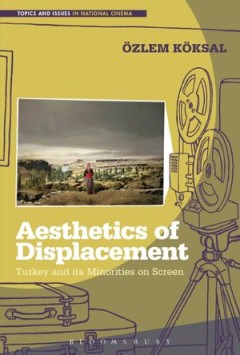
Aesthetics of Displacement: Turkey and its Minorities on Screen
Looking at films that represent the experience of displacement in relation to Turkey’s minorities, Aesthetics of Displacement argues that there is a particular aesthetic continuity among the otherwise unrelated films. Ozlem Koksal focuses on films that bring taboo issues concerning the repression of minorities into visibility, arguing that the changing political and social conditions determin…
- Edition
- -
- ISBN/ISSN
- 9781501306464
- Collation
- -
- Series Title
- -
- Call Number
- 791.43 KOK a
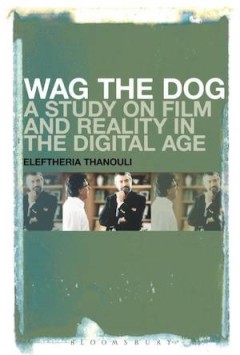
Wag the Dog: A Study on Film and Reality in the Digital Age
Wag the Dog became a media event and a cultural icon because it inadvertently short-circuited the distance that is supposed to separate reality and fiction. The examination of the historical and social context in which it was produced, exhibited and received worldwide enables the author to illuminate a series of changes in the way a fiction film reflects and interacts with reality, urging us to…
- Edition
- -
- ISBN/ISSN
- 9781501307270
- Collation
- -
- Series Title
- -
- Call Number
- 791.43 THA w
 Computer Science, Information & General Works
Computer Science, Information & General Works  Philosophy & Psychology
Philosophy & Psychology  Religion
Religion  Social Sciences
Social Sciences  Language
Language  Pure Science
Pure Science  Applied Sciences
Applied Sciences  Art & Recreation
Art & Recreation  Literature
Literature  History & Geography
History & Geography